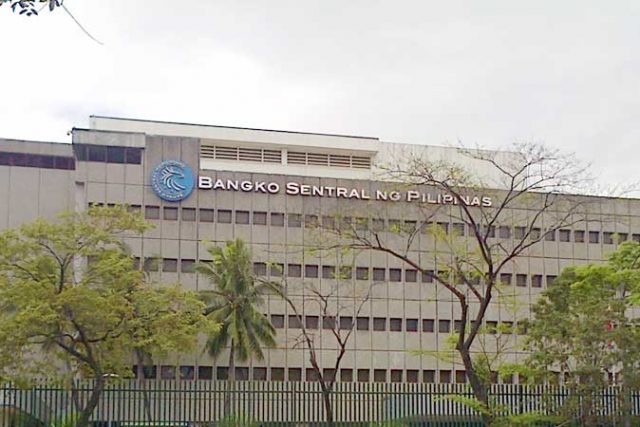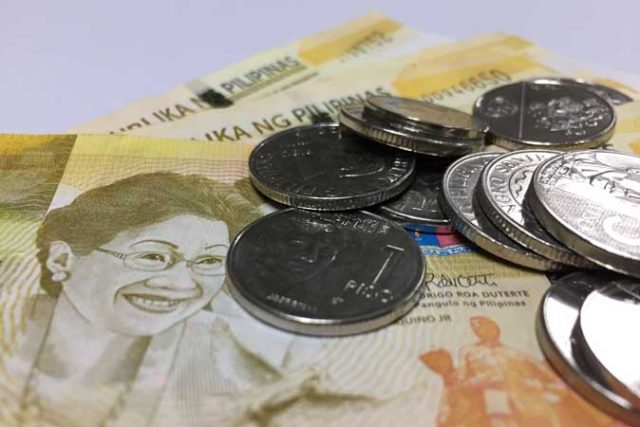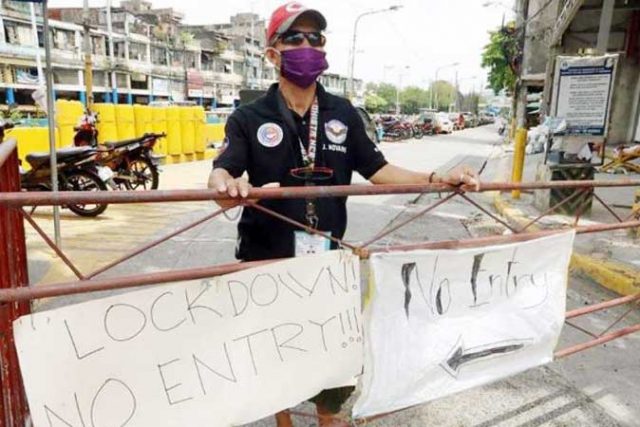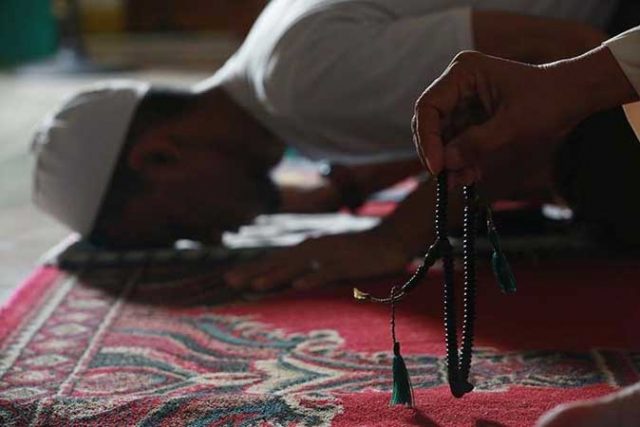THE PHILIPPINES is expected to take delivery of as many as 40 million doses of the coronavirus vaccine made by Pfizer, Inc. by the third quarter, as it tries to boost its vaccination drive, according to the presidential palace.
The government expects to receive 20 to 40 million doses, vaccine czar Carlito G. Galvez, Jr. told a televised news briefing on Tuesday.
The government also expects to take delivery of Pfizer vaccines under a global initiative for equal access, he said.
The first shipment of Pfizer vaccines should have arrived in February but was delayed due to logistical problems and after the government failed to sign a document freeing the drug maker from potential lawsuits.
Mr. Galvez said he and other government representatives have signed the indemnity clause.
He said the country was also set to take delivery by May of about 194,000 coronavirus vaccine doses made by Moderna, Inc.
The National Government ordered about 13 million doses from Moderna. The private sector, led by billionaire Enrique Razon, also bought 7 million doses.
Manila is set to sign a supply agreement with Janssen Pharmaceuticals, Inc., for as many as five million doses of its coronavirus vaccine.
Mr. Galvez said the country was also expecting about 20 million doses of the vaccine made by Russia’s Gamaleya Research Institute of Epidemiology and Microbiology.
Philippine President Rodrigo R. Duterte on Monday night said the country was facing a shortage of coronavirus vaccines due to global supply problems. He added that rich countries were being prioritized for orders.
The Philippines aims to vaccinate 70 million Filipinos this year, but as of Tuesday, only about a million Filipinos had been inoculated.
Testing czar Vivencio V. Dizon said coronavirus tests nationwide increased by more than 10,000 last week. The government conducted more than 60,000 tests daily from April 6-10 from 50,000 tests daily a week earlier, he said at the same briefing.
Mr. Dizon said more than 50,000 antigen test kits would be deployed this month in communities with confirmed outbreaks.
Meanwhile, Public Works Secretary Mark A. Villar said the government would set up 720 health facilities with 26,259 beds this month.
Most would be for quarantine — 634 units and more than 23,280 beds, followed by offsite dormitories with 60 units and 1,456 beds, technical assistance with 11 units and 1,003 beds and modular hospitals with 15 units and 516 beds.
The Philippines has more than 9,700 temporary treatment and monitoring facilities with 128,037 beds.
Mr. Villar said the capital region had the highest occupancy rate at 66% of its 6,985 beds of April 11.
“We will continue to identify new areas and within the month and next month we will see a very significant increase in our hospital and ICU capacity,” he said.
CASE TALLY
The Department of Health (DoH) reported 6,846 coronavirus infections on Monday, bringing the total to 1.11 million.
The death toll rose by 90 to 18,562, while recoveries increased by 8,193 to 1.03 million, it said in a bulletin.
There were 59,897 active cases, 1.3% of which were critical, 93.7% were mild, 2.2% did not show symptoms, 1.7% were severe and 1.1% were moderate.
DoH said 10 duplicates had been removed from the tally, all of which were tagged as recoveries and one as death. It added that 40 recoveries were reclassified as deaths.
About 11.5 million Filipinos have been tested for the coronavirus as of May 8, according to DoH’s tracker website.
The coronavirus has sickened about 159 million and killed 3.3 million people worldwide, according to the Worldometers website, citing various sources including data from the World Health Organization.
About 136.6 million people have recovered, it said.
Meanwhile, the agency said it would apply for the emergency use of the coronavirus vaccine made by Chinese drug maker Sinopharm Group Co., Ltd.
Health Secretary Francisco T. Duque III ordered the filing of the application with the local Food and Drug Administration, Health Undersecretary Maria Rosario S. Vergeire told an online news briefing.
“The reason why we are doing this is there is a possibility that the transaction or negotiations for Sinopharm will be government to government,” she said in mixed English and Filipino.
Mr. Duque told DZMM radio on Monday that the agency would seek emergency use approval after the World Health Organization listed the vaccine for emergency use.
Ms. Vergeire said the vaccine could now be included in the global initiative for equal access. Regulators could also now fast-tract the evaluation of its application.
The Philippines has approved seven coronavirus vaccines for emergency use — those made Pfizer, China’s Sinovac Biotech Ltd., AstraZeneca Plc, Russia’s Gamaleya Research Institute, Johnson & Johnson, Inc., India’s Bharat Biotech and Moderna, Inc.
President Rodrigo R. Duterte last week got injected with the Sinopharm vaccine.
The FDA in February allowed the compassionate use of 10,000 doses of its vaccine by presidential guards. — Kyle Aristophere T. Atienza and Vann Marlo M. Villegas
















